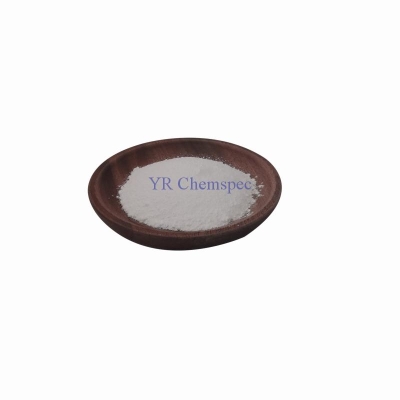-
Categories
-
Pharmaceutical Intermediates
-
Active Pharmaceutical Ingredients
-
Food Additives
- Industrial Coatings
- Agrochemicals
- Dyes and Pigments
- Surfactant
- Flavors and Fragrances
- Chemical Reagents
- Catalyst and Auxiliary
- Natural Products
- Inorganic Chemistry
-
Organic Chemistry
-
Biochemical Engineering
- Analytical Chemistry
- Cosmetic Ingredient
-
Pharmaceutical Intermediates
Promotion
ECHEMI Mall
Wholesale
Weekly Price
Exhibition
News
-
Trade Service
1.
Weak acid and strong base salt
NaCN is a weak acid and strong base salt, completely dissociated in water
CN - combines with H + generated by dissociation of H 2 O to form a weak electrolyte HCN
The combination of H + and CN - generates a weak electrolyte HCN, which makes the OH - concentration in the system greater than the H + concentration, and the solution appears alkaline
.
The hydrolysis reaction of CN - by adding the two formulas
The equilibrium constant of the hydrolysis reaction is
If the initial concentration of NaCN is c0, when the hydrolysis reaches equilibrium, there is
Kh Θ is generally very small
.
When c0≥400Kb Θ , it can be calculated approximately, that is, c0-[OH-]≈c0, then
Similar to the degree of dissociation, the degree of hydrolysis refers to the fraction of the hydrolyzed CN - accounting for the initial concentration of NaCN, usually expressed by h
Salts of polybasic weak acids, such as Na 2 S, Na 2 CO 3 , Na 3 PO 4, etc.
undergo hydrolysis reaction, and the solution is alkaline
Since Kh1 Θ > Kh2 Θ , the OH- concentration in the system is mainly determined by the first step hydrolysis equilibrium
.
[Example 7-7] Calculation mol · DM 0.
10 -3 of Na 2 S solution in the OH - , the HS - and H 2 S concentration
The hydrolysis of Na 2 S in solution is carried out in two steps
Since KH1 [Theta] "Kh2 [Theta] , so that the solution [OH - ] can be calculated first hydrolysis
.
Since Kh1 Θ is relatively large, it cannot be approximated
.
Solve the equation
x=5.
78×10 -2 mol.
dm -3
[OH - ]=5.
78×10 -2 mol·dm -3
Since Kh2 [Theta] is very small, so that the HS - the minimum degree of hydrolysis of the second step face can be neglected, i.
e.
[the HS - ] ≈ [OH - ]
Since the [OH - ] ≈ [the HS - ] is
[H 2 S]=Kh2 Θ =9.
35×10 -8 mol·dm -3







